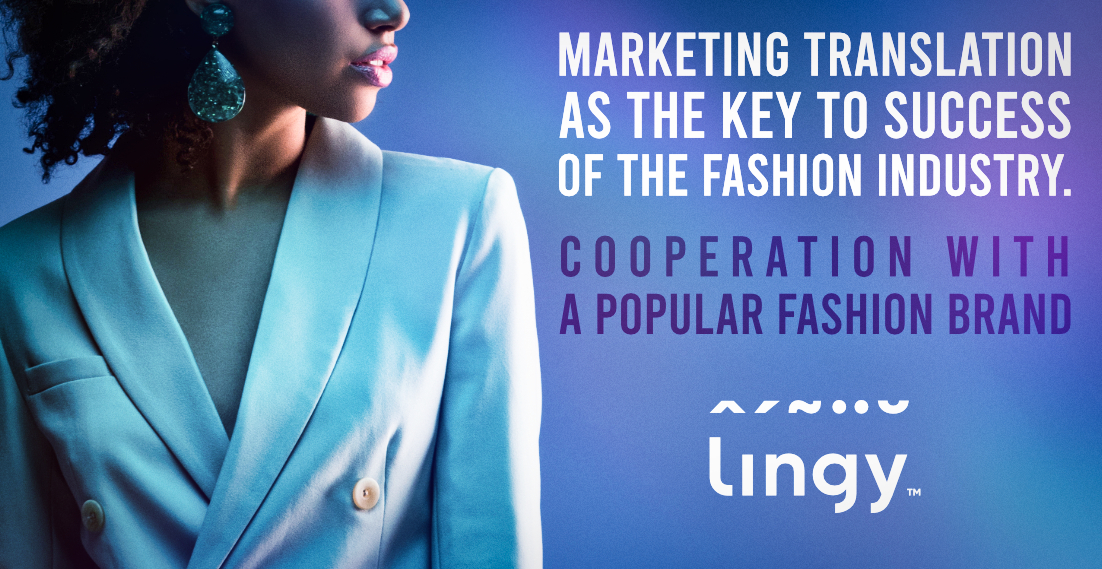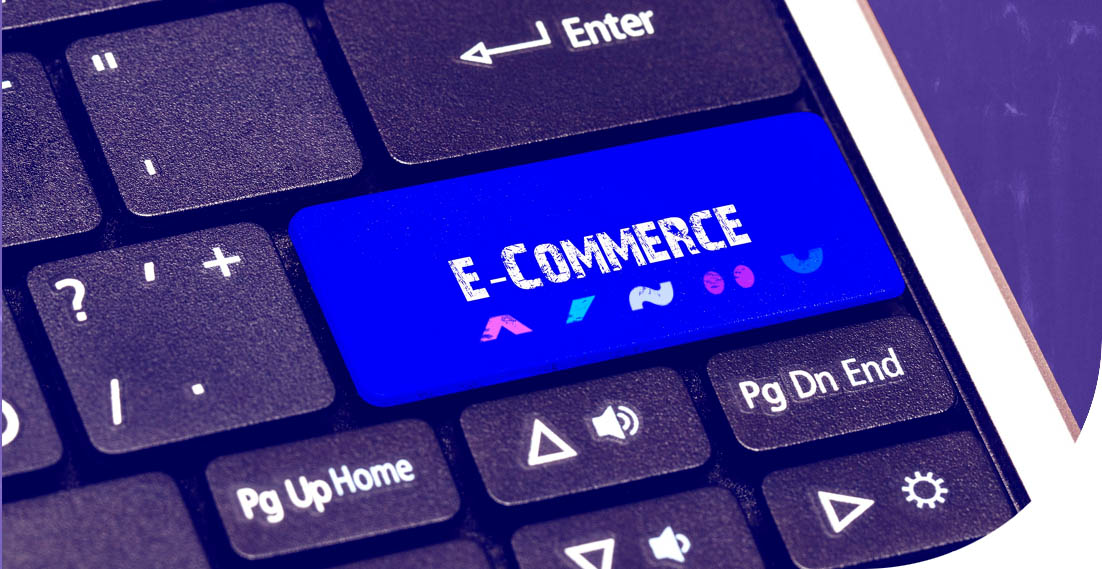Transcreation in business – what is it and how to use it?

When you plan to enter a new foreign market with your offer, you may decide to choose a regular service of translation of advertisement, slogans, posts and other messages intended for the new recipients. However, you may not be happy with the effect because it will quickly turn out that the interest in your new brand will not meet your assumptions. This is probably because you did not ensure proper transcreation. What is it? How can it be used in business? Let us explain.
What is transcreation and how is it different from translation?
Looking at this issue only from a definition-related point of view, transcreation originates from the phrase “creative translation”. It differs from standard translation in that not only the words are translated, but also the context, colours, logotype, and even entire slogans and sentences. Therefore, the basic premise of transcreation is not only to enable the recipient to understand the content, but above all to evoke positive associations for him/her. So the purpose is completely different than in the case of regular translation.
What role do emotions play in brand perception?
From a business point of view, the most important issue is brand transcreation for the needs of foreign markets. This applies specifically to those companies whose position on the domestic market is already well established and the brand image is very positively received. This translates directly into generating positive emotions among recipients, which significantly contributes to better sales results.
How to prepare for brand transcreation?
When deciding on a foreign expansion of the company, you should make sure that you create equally positive emotions in the new market. From this point of view, the standard translation of the texts alone will not be sufficient, because during the implementation of such a service only the words are translated, and not the message they carry. However, the emotions of brand recipients are affected by significantly more elements than just the content of messages. So if you are thinking about entering a new foreign market, consider transcreation for the entire brand, including marketing content and all visual identity. It is a good idea to identify all of the most important elements that show the highest effectiveness in terms of generating positive associations with existing customers. Certainly, this requires relevant research and analysis of all available statistics. Although it can be a bit problematic and time consuming, it is worth undertaking this effort. What you will gain here is the fact that your risk of making an image-related error will be significantly reduced already at the beginning of your expansion.
Brand transcreation – what to look for?
Regardless of the nature of the business you run, there are several issues that you always need to be especially sensitive about during transcreation. This applies specifically to the slogan, colours and product design. Practice has shown that even the biggest brands such as McDonald’s or Puma could make big mistakes in these areas.
Slogan transcreation – how to do it?
The basic issue that requires great language skills and knowledge of the local market is transcreation of the slogan. This is caused primarily by the specific nature of such messages. They are usually formulated as short sentences or individual words that are designed to inform the recipient about the brand’s values, which the company pays special attention to, and sometimes they are simply intended to catch the recipient’s attention. That is why in practice there are many different forms of slogans, but they always have one thing in common – they contain huge amounts of information.
A good example of this slogan transcreation is how Old Spice did it.
In the original ad they use “Smell like a man, man”, which can be translated into Polish literally but not be as catchy. Entering the Polish market, however, it was decided to transcreate and change it to “Let their scent remain in your memory”, which in Polish is a word play. Ikea did a similar thing. Their English “Wonderful everyday” was transcreated into Polish and literally meant “You will arrange here”, which is another example of word play. In both cases, the assumed goals were achieved – the slogans were not only well-established in the minds of the recipients, but also carried information about the main benefit of using the offer of these two companies.
What can lack of slogan transcreation mean?
While Old Spice and Ikea cases show the right approach to slogan transcreation, you can also find examples of how it should NOT be done. Big and recognized companies, such as McDonald’s, also make mistakes. When entering the Chinese market, it did not give up its slogan “I’m lovin’ it” at first. However, it soon became apparent that the use of words related to “love” in the Chinese public space was unwelcome. So the decision was made to transcreate it to “I just like it”, thanks to which all controversy ended and the brand image began to be associated in a positive way.
Logo and colour transcreation is equally as important.
It is worth remembering to transcreate not only the slogans, but also the logotype itself, and above all its colours. This is mainly due to the fact that different colours are perceived differently depending on the country. This is evidenced even in relation to countries that have similar cultures. Take green for example. In Austria, it is the colour of hope, just like in Finland, where it is also associated with modesty. On the other hand, for the Swiss it will be associated with something unwanted and rotten, while for the Swedes – with inexperience. Italy associates it differently as well. For Italians, it is a symbol of youth, anger and lack of money. The differences in connotations are huge, so you should learn about the symbolism of colours in a given country before you decide to market your offer.
You have to be aware that the lack of this knowledge can end up in people boycotting both the product itself and the entire brand. Puma, who introduced red, white and green shoes to the market of the United Arab Emirates was hit by this painfully. They were unlucky (or simply followed incorrect marketing assumptions) that the colours of these products resembled the flag of this country. In the Arab culture something that touches the ground is considered unclean and evil, and moreover, the inhabitants of this country are very strongly attached to their flag. For this reason, this model of shoes caused huge controversy in the UAE, which in consequence led to the need to stop distributing this model on their market and affected the sales results of the entire domestic branch.
SEO transcreation – how to translate keywords
Transcreation for business is not just marketing content, logos or colours. It is also a website, which aims to include increased brand visibility on the Internet and bringing user traffic from the Google search engine, which contributes directly to improved sales results. However, to achieve these goals, the site must be properly positioned for specific keywords. This is the only way that the user entering a given phrase in the Google search engine will see your site and access it. Nevertheless, you must be aware that different words are searched in different countries, even if they refer to the same concept
To better illustrate this relationship, it is worth using an example. Let’s assume that someone wants to start their own business. If it is an American, he or she will type “how to start a business” in the search engine, just like a person living in Great Britain. In the literal translation into Polish it would not sound right. Given the popularity of the phrase in search engines, Polish literal translation is practically not searched for. Instead, Poles write “how to set up a company” a lot more often. Although this is seemingly a small linguistic nuance, considering the costs associated with positioning, it can prove to be extremely expensive and inefficient.
Business Transcreation – What else should you know?
If you are serious about achieving success on a foreign market, you should take care not only of good translations, but above all of the transcreation for your entire brand. By choosing such a solution, you will avoid controversy and image-related problems of your company. You have to keep in mind that each country is in a different cultural sphere and if, for example, a given colour is positively perceived on your home market, it may look completely different abroad. If you prepare your transcreation well, you can be certain that the brand message will always be adapted to the culture of the destination country, and thus – you will have a better chance of success.
Other articles:
Content writing, copywriting and translations. How do they differ?
The 7 Most Important Languages for Business
International expansion of your business? We will take care of it!
Marketing translation as the key to success of the fashion industry. Cooperation with a popular fashion brand
We cooperated with many customers on a daily basis. They include local companies, international enterprises and well-known brands. What are the similarities between all of them? Everyone expects high-quality translations that will help in business development. Additionally, professional translations affect their image, contribute to the opinions of recipients and are the decisive factor when it […]
Hemingway Editor and other tools for text proofing and translation
Typically, content writers first note down the message they wish to put across to their audience. Then, they re-read and edit the text. This way, they can achieve better readability, understanding and structure, and at the same time they can correct any errors in the content. It is a complex process, but fortunately there are […]
Translation of advertising slogans – how not to fall into the language trap?
Advertising translation involves the process of transferring advertising messages from one market to another. The advertising discourse is created in a language that is not only a communication tool, but also an expression of culture. This makes ad translation a highly accuracy-demanding activity. Translating slogans requires both a cultural and linguistic connection. Adapting a brand […]
TOP 8 languages for e-commerce purposes. Sourcing customers around the world
Do you manage an e-shop and want to source customers abroad to increase profit? Translations will be the basis for reaching foreign recipients with your offer. You need to start speaking their language and adjust product or service descriptions to the country where you intend to sell them. You’re probably wondering which languages to start […]



